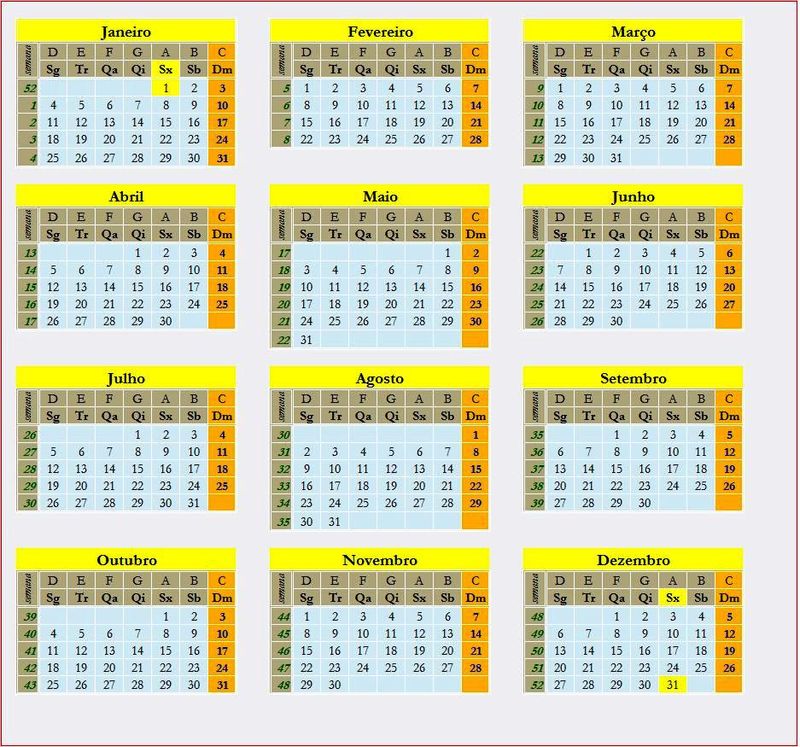1042
SÉCULOS: | Século X — Século XI — Século XII |
DÉCADAS: | 990 • 1000 • 1010 • 1020 • 1030 • 1040 • 1050 • 1060 • 1070 • 1080 • 1090 |
ANOS: | 1037 • 1038 • 1039 • 1040 • 1041 • 1042 • 1043 • 1044 • 1045 • 1046 • 1047 |
Calendário gregoriano | 1042 MXLII |
Ab urbe condita | 1795 |
Calendário arménio | N/A |
Calendário chinês | 3738 – 3739 |
Calendário judaico | 4802 – 4803 |
Calendários hindus - Vikram Samvat - Shaka Samvat - Kali Yuga | 1097 – 1098 964 – 965 4143 – 4144 |
Calendário persa | 420 – 421 |
Calendário islâmico | 433 – 434 |
Calendário rúnico | 1292 |
1042 (MXLII, na numeração romana) foi um ano comum do século XI do Calendário Juliano, da Era de Cristo, a sua letra dominical foi C (52 semanas), teve início a uma sexta-feira e terminou também a uma sexta-feira.
No território que viria a ser o reino de Portugal estava em vigor a Era de César que já contava 1080 anos.
| Ano completo |
|---|
Ano comum com início à sexta-feira
|
Índice
1 Eventos
2 Nascimentos
3 Falecimentos
4 Por tema
5 Referências
Eventos |
Constantino IX é coroado imperador do Império Bizantino.
Eduardo o Confessor sobe ao trono de Inglaterra
Abu Amir Abade ibne Maomé é nomeado Emir de Sevilha, cargo que exerceu até 1068.- Os Almorávidas, partidos da ilha de Tidra, no que hoje é a Mauritânia, fazem uma jiade contra os judalas e os lantunas, anexando às suas fileiras numerosos contingentes do Tecrur, que se opunham à hegemonia do Reino de Gana.
Nascimentos |
Raimundo IV de Toulouse m. 1105, conde de Toulouse, duque de Narbona, marquês da Provença.
Falecimentos |
8 de Junho - Rei Canuto II de Inglaterra (envenenado).
1 de Julho - Humberto I de Saboia n. 980 foi conde de Saboia.
Ordonho Bermudes filho bastardo do rei Bermudo II de Leão.
Por tema
- 1042 na religião
